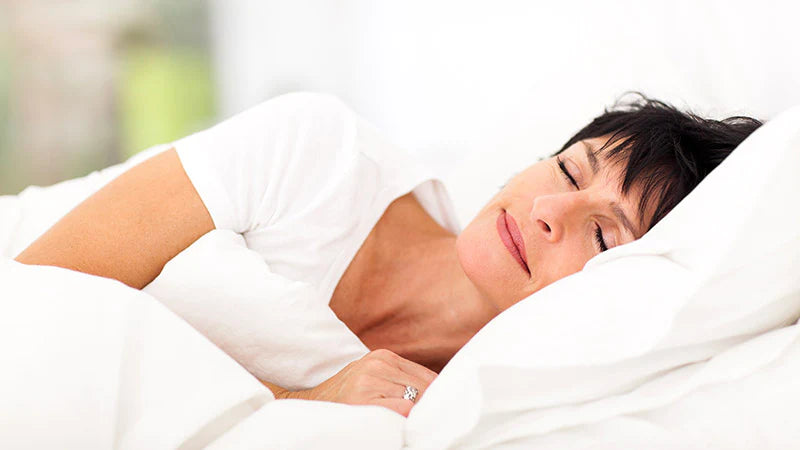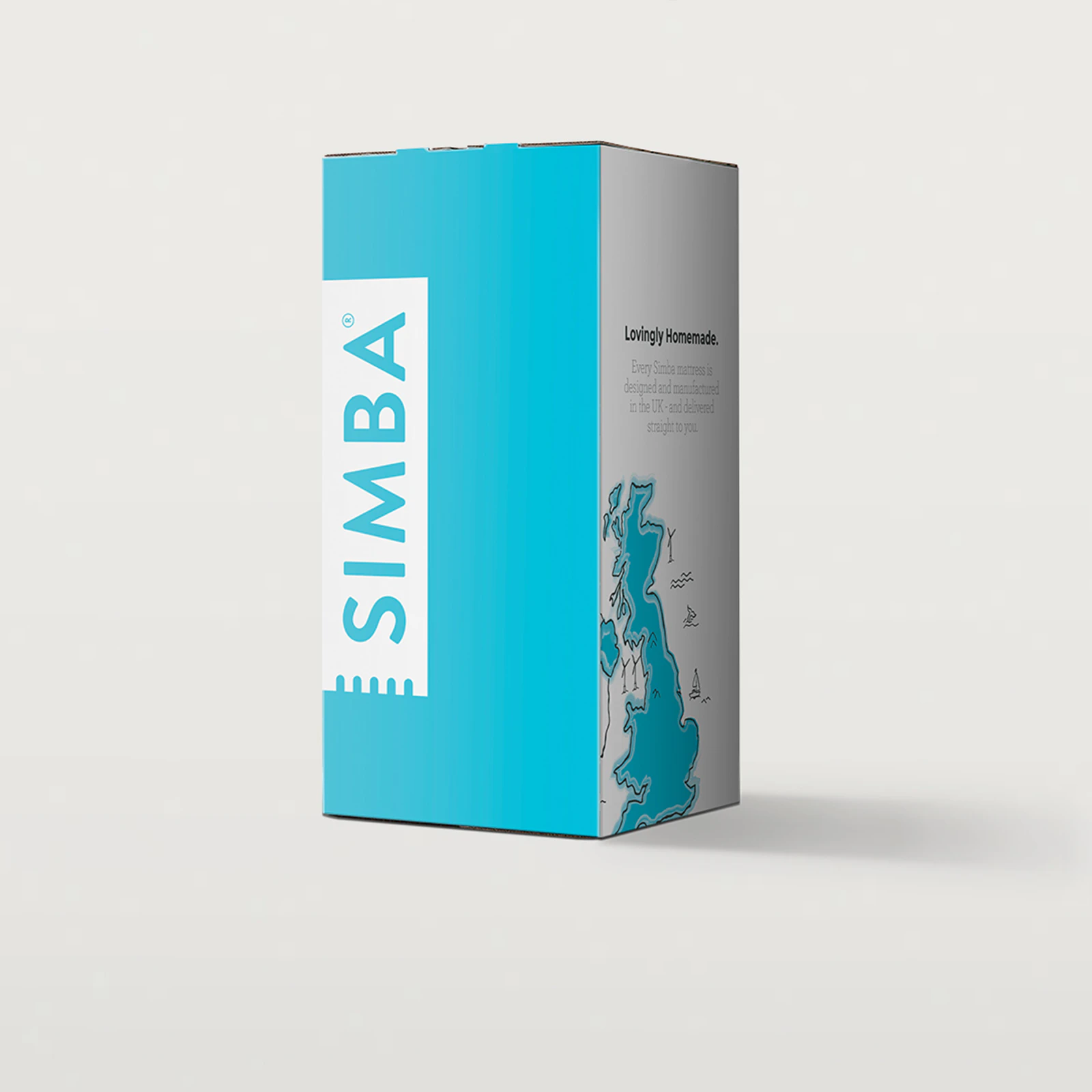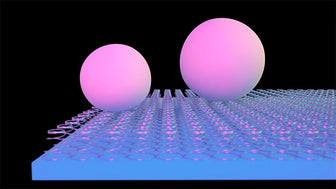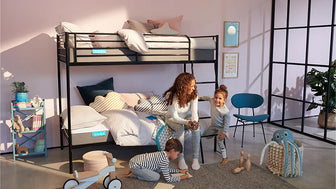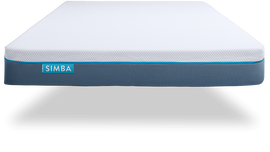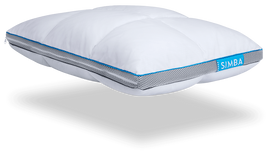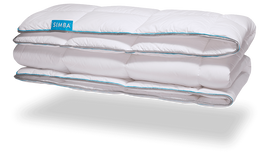Menopause refers to the end of a woman’s menstrual cycle, or a full calendar year without a period, which is caused by the natural decline in oestrogen levels. Menopause occurs between the ages of 45 and 55, typically at 51, after a hysterectomy or treatment for illnesses like cancer. The sudden change in hormones can cause a variety of symptoms that can be difficult to manage.
HOW CAN MENOPAUSE AFFECT SLEEP?
The most common symptoms of menopause are brain fog and memory issues, loss of sex drive, and low mood or anxiety - along with a variety of symptoms that can directly impact sleep and sleep quality, such as:
- Difficulty sleeping
- Fatigue
- Hot flashes
- Joint pain
- Migraine
- Night sweats
WHAT ARE SOME TIPS FOR SLEEPING BETTER DURING MENOPAUSE?
These evergreen tips can help improve your sleep - whatever your age - and especially during menopause:
- Drink more during the day and less in the evening to help reduce trips to the bathroom during the night
- Avoid stimulants like alcohol, caffeine, and nicotine later in the day - as these can impact sleep. Avoid spicy foods too, which may trigger hot flashes
- Change what you wear to bed. Choose all natural fibres like cotton and lightweight, breathable materials to reduce the impact of hot flashes - or even ditch the nightwear all together
- Replace your quilt or blankets for a breathable, cooling cotton Simba duvet with Stratos® temperature-regulating technology and Simba-Renew® fibres that dissipate heat
- Keep a change of bedclothes, fresh bedding, and a glass of water on hand to help with night sweats
- Keep your bedroom temperature at a lower temperature, either by turning down radiators, opening a window, or reducing the thermostat
- Stick to a regular sleep schedule and avoid napping. Use an sleep tracking app to help you track your routine, understand your sleep cycle, and create a sleep promoting bedtime routine
- Create the right environment to make your bedroom your very own sleep haven
- Speak to your GP if you are experiencing any ongoing sleep issues, or if you are having trouble managing your menopause symptoms
WHAT KIND OF MATTRESS IS BEST FOR COOLING DOWN?
You might be wondering, what is the best mattress for menopause? Or more specifically, what’s the best mattress for night sweats? Certain types of mattresses - such as memory foam - can be hotter than others, so it’s worth reviewing your sleep set up and switching to a cooler mattress. Mattresses that promote airflow and use cooling technology can help reduce episodes of overheating and improve overall comfort.
The Hybrid 5000 Pro Flex mattress provides cloud-like, cooling support. Engineered with seven layers, it features a double stack of our Aerocoil® springs which allow the air to flow freely and adapt individually so that you won’t be disturbed by your partner's movement.
Open cell graphite infused Simbatex® foam is engineered to tackle overheating, while a breathable, hypoallergenic wool infused layer offers unrivaled temperature and moisture control to help combat hot flushes and night sweats.
For the smaller budget, the Hybrid 1500 mattress features the same cooling Simba technology as standard with a layer of Aerocoil® springs, cooling Simbatex® foam and a breathable sleep surface for cooler, more comfortable sleep.
LACK OF WARRANTY, GUARANTEE OR RETURN POLICY
With an individual seller, and without a solid proof of purchase from a retailer, it’s unlikely that a used mattress will come with any form of guarantee or warranty.
SHORTER LIFESPAN
A mattress can last between 6 to 16 years, with 8 to 10 years the average replacement time. Bear in mind that a used mattress already has some miles on the clock, which means it won’t last as long as its new equivalent.
HIDDEN DAMAGE
Not all sellers have your best interests at heart and may be keen to cover up a hidden defect or fault, even if a used mattress looks fine.
OUTDATED MATERIALS AND CONSTRUCTION
Mattress tech is evolving like any other product, and at Simba, we are constantly upgrading our materials to make them more thermo-regulating, organic, sustainable, or recyclable, and re-engineering our mattresses with the latest innovations. A mattress that is over ten years old, even if barely slept on, will be made with outdated foam or coil technology.
